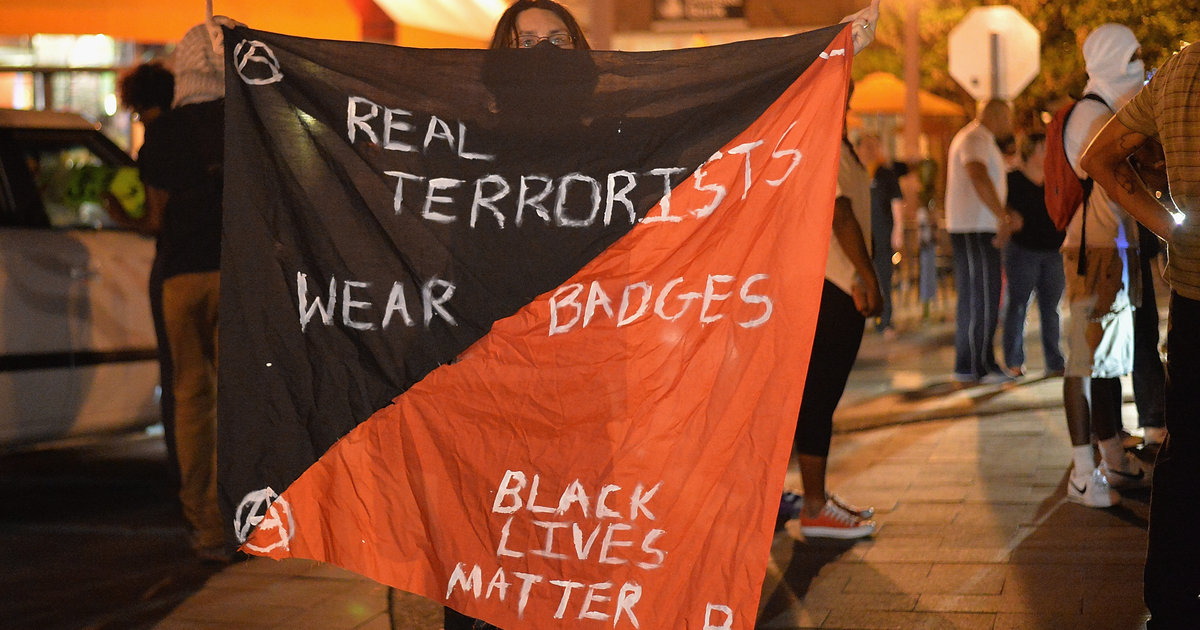[ad_1]

In the wake of recent high-profile instances of racist police brutality, policymakers and politicians have touted fixes like police body cameras, anti-bias trainings and new accountability systems.
But they could be ignoring a major potential solution: school integration.
A new report out this week from The Century Foundation, a left-leaning think tank, outlines the myriad reasons why policymakers should rally around the issue of school diversity. One of these reasons is to prevent future incidents of police brutality.
Racially integrated schools force students of different backgrounds to learn and socialize together. These interactions help students address their implicit and explicit biases about other racial groups, while promoting intergroup understanding and reducing prejudice, research shows. Amy Stuart Wells, an author of the report, posits that if most students — including those who go on to become police officers — were to grow up attending racially integrated schools, they would not harbor the biases that allow for discriminatory policing.
“What if that police officer had gone to a more racially diverse school … [and learned] to understand the history of race and different cultural perspectives? How might some of those incidents played out differently?” asked Wells, a professor at Columbia University’s Teachers College, while speaking with The Huffington Post. “These police officers, many of them are in their 20s and 30s and grew up in an era where schools have been resegregating.”
In recent decades, policymakers have largely abandoned the goal of having racially integrated schools. Court decisions made school diversity plans largely untenable, and programs that helped facilitate integration, including forced bussing, were publicly unpopular.
But 2016 might be the perfect time for politicians and school leaders to reconsider this goal, the report argues. The nation has become increasingly diverse, and less than 50 percent of K-12 students are now white. Kids have to learn how to interact with people of different races in order to hold jobs in the future.
“Look at millennial parents — it’s a more diverse cohort, their children are more diverse and they have more progressive attitudes about race and diversity,” said Wells. “Not to mention the recent history of police brutality and racial unrest. It’s clearly time to bring this issue back to the forefront of public education.”
Instead of focusing on school integration, K-12 education leaders have spent their energy trying to close the achievement gap between black and white students while holding schools accountable for poor performance. In sum, the focus has been on making separate schools more equal.
“Why are we holding schools accountable for standardized test scores and why aren’t we holding them accountable for preparing kids for the society that they are going to be living in?” asked Wells. “Why isn’t that an important goal for public education?”
On the other hand, while K-12 leaders have shirked away from promoting integration, leaders in higher education have defended policies like affirmative action, even as the practice continually comes under attack. Universities have invested resources in exploring the effects of school diversity and found that diverse atmospheres make students better critical thinkers, more open-minded and more civically engaged.
Wells questions why colleges and K-12 schools have diverged in their approaches to diversity, and whether this divergence has contributed to racial unrest on campuses this past year.
“I have a child applying to college this year, and on every college campus tour the admissions officers are touting the diversity of their universities. I’m sitting here thinking, so many of these kids went to such segregated high schools … are we preparing them for higher education if higher education thinks [diversity] is important?”
But Wells is hopeful that policymakers at the highest level are beginning to embrace the ideals of school diversity. Obama’s recently released proposed budget includes $120 million for a competitive grant that encourages schools to develop plans to increase socioeconomic diversity, a type of integration that often achieves similar outcomes as racial integration.
“We can’t just ignore this and keep writing standardized tests,” said Wells.
[ad_2]
Source link





















